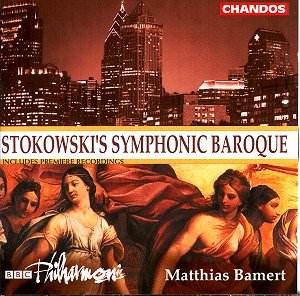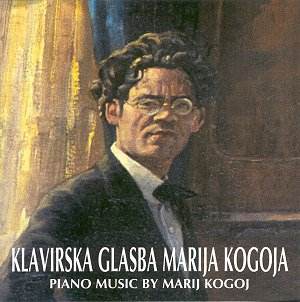 Composer: Antonín Dvořák
Composer: Antonín Dvořák
Works: Slavonic Dances 1-16, Opp. 46 and 72
Performers: Chamber Orchestra of Europe, conducted by Nikolaus Harnoncourt
Recording: Stefaniensaal, Graz, Austria, June 2000 (Op. 72) and June 2001 (Op. 46)
Label: TELDEC CLASSICS 8573-81038-2
Antonín Dvořák’s Slavonic Dances, composed in the late 19th century, encapsulate a vibrant fusion of Czech folk idioms and classical form, reflecting the composer’s deep connection to his national roots. Written initially for piano four hands and later orchestrated, these dances exemplify Dvořák’s mastery of rhythm and melody, drawing on the rich tapestry of Slavic musical traditions. The two sets of dances, Op. 46 and Op. 72, released in 1878 and 1886 respectively, serve as affectionate tributes to the folk music of Bohemia and Moravia, resonating with both national pride and universal appeal.
Nikolaus Harnoncourt’s interpretation with the Chamber Orchestra of Europe is marked by a remarkable technical precision that showcases the ensemble’s virtuosity, particularly in the brisk outer dances. The conductor adopts a fast-paced approach that propels the music forward, imbuing it with an infectious energy. While this results in a thrilling listening experience, there is a palpable absence of the nuanced charm often evoked in performances by Czech ensembles, such as the Czech Philharmonic under Karel Sejna. Their rendition, characterized by lilting strings and a delicate interplay of woodwinds and percussion, immerses the listener in the dances’ folkloric essence, an atmosphere that seems somewhat eclipsed in Harnoncourt’s rendition.
The performance reveals a dichotomy between control and abandon. There are moments, particularly in dances such as the lively “Furiant” from Op. 46, where the brisk tempo heightens excitement, yet this same vigor occasionally overshadows the subtleties of Dvořák’s delicate phrasing. Harnoncourt’s commitment to maintaining a relentless forward momentum can lead to a loss of dynamic contrast, particularly in slower dances like the “Dumka,” where a more measured tempo could unveil the emotional depth inherent in the music. The articulation of the smaller orchestra is commendable, allowing for clarity in texture, but one is left yearning for a more profound exploration of the thematic material that characterizes Dvořák’s work.
Sound quality, as recorded by TELDEC, is superbly engineered, capturing the vibrant colors of the Chamber Orchestra of Europe. The clarity of individual lines, especially in the wind section, enhances the overall listening experience. However, the balance between strings and brass can occasionally tip, creating a soundscape that feels somewhat contemporary rather than grounded in the traditional Eastern European soundscape of these dances. This modernity, while appealing to some listeners, may detract from the nostalgic warmth that is often found in more regionally rooted interpretations.
Comparative analysis with Ivan Fischer’s recent recordings with the Budapest Festival Orchestra illustrates another viable interpretation of Dvořák’s dances, one that leans into the Eastern European flavor with a richer tapestry of color and a more pronounced folkloric character. While Harnoncourt’s version excels in technical brilliance, the Fischer recording invites listeners to experience the dances through a more authentic cultural lens. Both interpretations have their merits, yet the intimate charm and genuine atmosphere found in performances by Czech orchestras, particularly Sejna’s earlier recordings, remain unrivaled for their ability to transport the listener into the heart of Czech musical tradition.
Harnoncourt’s interpretation is undeniably exciting and impeccably executed, presenting the Slavonic Dances with a vigor that will satisfy those who favor a vigorous approach. Nevertheless, for listeners seeking a performance imbued with the warmth and charm of Dvořák’s native soil, the earlier Supraphon recordings or those by Fischer may offer a more resonant experience. Ultimately, this recording stands as a testament to Dvořák’s enduring legacy, providing a thrilling modern take while also inviting listeners to explore the rich tapestry of interpretations that celebrate these beloved dances.



